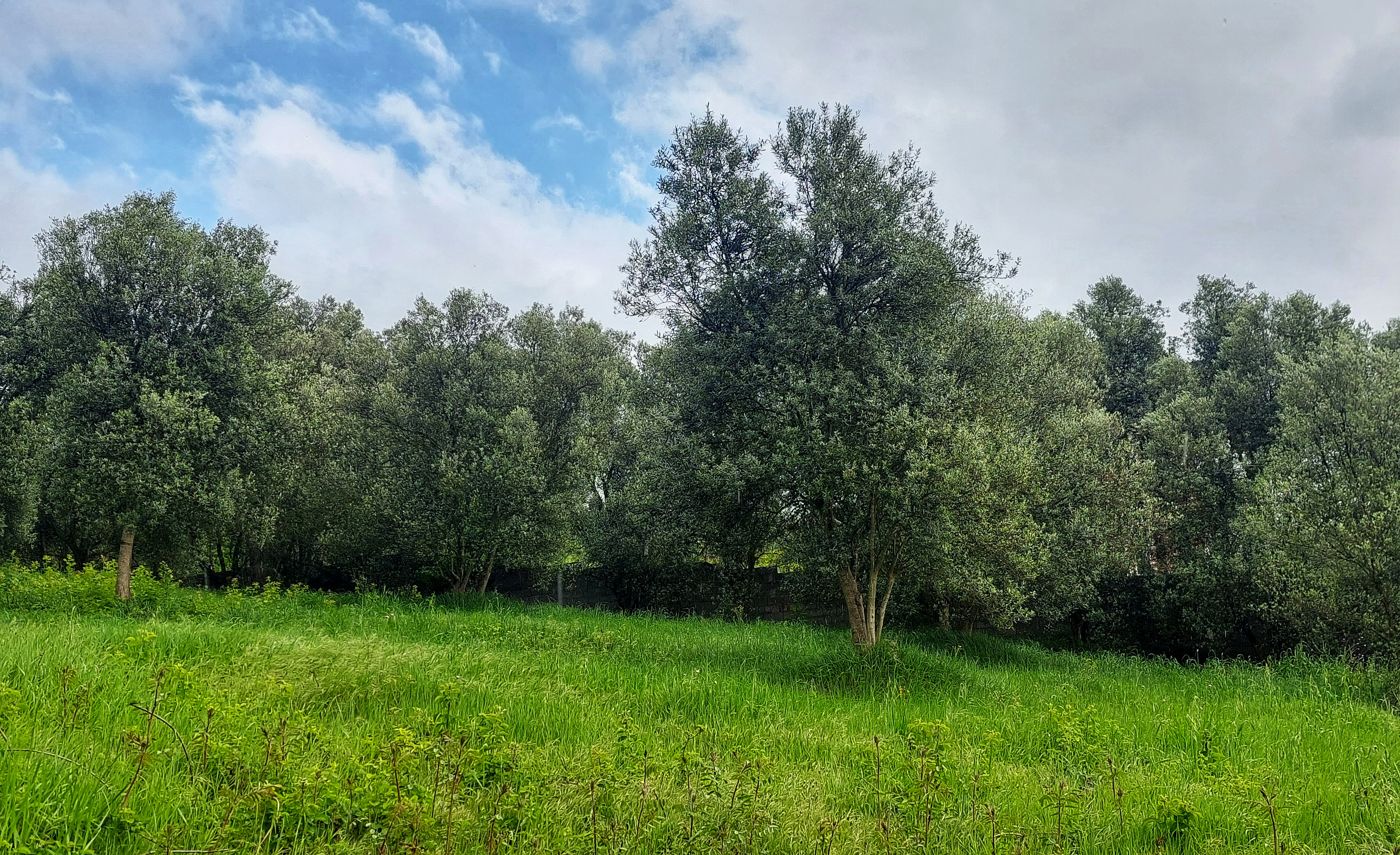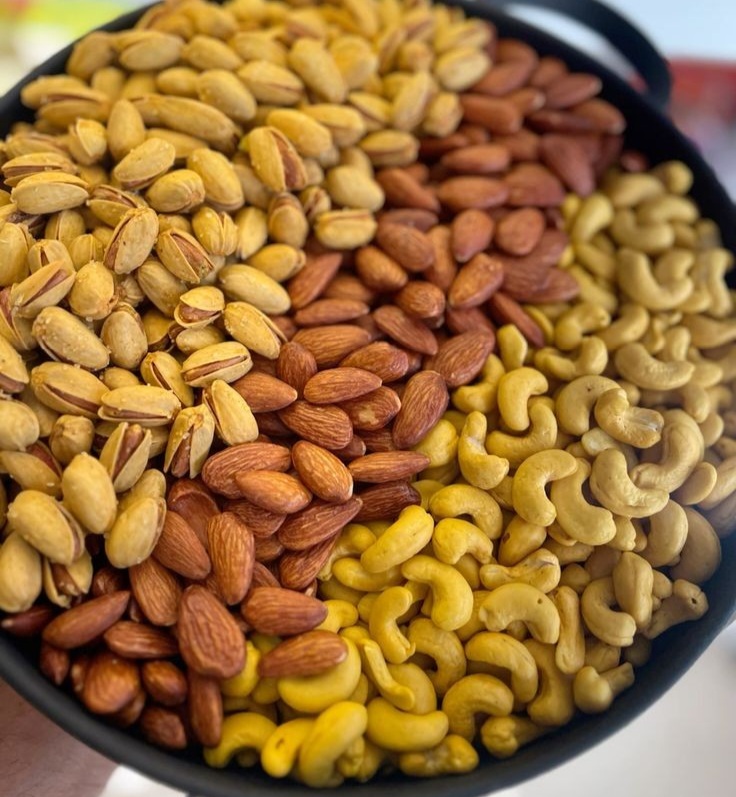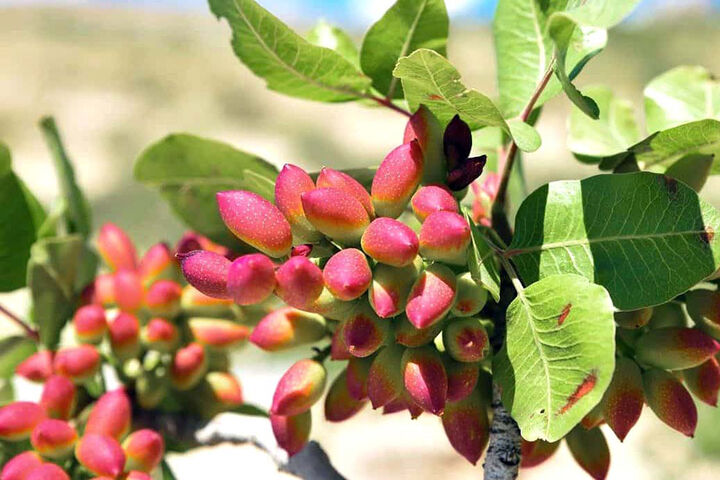Categories
The latest content
-

Olive Cultivation in Rudbar, Iran; Cradle of Persian Olive Excellence
..
-

Iranian Pistachios in the German Market: A Deep Dive into Trends, Consumer Behavior, and Wholesale Pricing
..
-

Comparison: Pistachios vs Other Nuts (Almonds, Cashews, Walnuts)
..
-

Pistachio Cultivation in Damghan: The Sweet Heart of Iranian Pistachios
..

Tags
From Seed to Sip; The Journey of Iranian Tea in Lahijan

Nestled in the green foothills of the Alborz Mountains near the Caspian Sea, Lahijan is the cradle of Iran’s tea industry. With its cool, humid climate and fertile soil, this picturesque city in Gilan Province produces some of the finest black tea in the region. But what does it take for a single cup of Lahijan tea to reach your table?
In this article, we trace the entire journey of Iranian tea in Lahijan — from seed to sip, highlighting the traditional techniques, the people behind the process, and the deep cultural connection Iranians share with this beloved beverage.
1. Planting the Seeds: The Beginning of the Journey
Tea cultivation in Lahijan began over a century ago, thanks to the efforts of Kashef al-Saltaneh, known as the father of Iranian tea. Today, the region is home to thousands of hectares of tea plantations.
The journey begins with carefully selected Camellia sinensis seeds, nurtured in nurseries before being transplanted to the rolling hillsides of Lahijan. These tea plants take about 3 to 5 years to mature before they are ready for harvest, and the tea bushes can produce leaves for decades when properly maintained.
2. Nurturing the Fields: A Balance with Nature
The unique climate of Lahijan — with abundant rainfall, mild temperatures, and morning fog — creates ideal conditions for tea farming. Most farmers still rely on organic practices, avoiding chemical pesticides to preserve the natural taste and health benefits of the tea.
The fields require year-round care, including weeding, pruning, and protecting the bushes from diseases. The soil is enriched with compost and natural fertilizers, maintaining a balance with nature that reflects generations of experience.
3. Hand-Picked with Care: Harvesting the Tea Leaves
Tea in Lahijan is typically harvested by hand, usually from April to October, during three main plucking seasons: spring, summer, and autumn.
The first spring flush — known as "Bahar Nabar" — is the most prized, offering delicate flavor and rich aroma. Skilled women and men delicately pluck the youngest two leaves and a bud, ensuring premium quality. This handpicking method helps maintain the integrity of the leaves and contributes to the distinct taste of Lahijan tea.
4. From Leaf to Leaf: Processing in Local Factories
Once harvested, the leaves are quickly transported to local tea processing factories, many of which are family-run businesses passed down through generations.
The tea undergoes a series of traditional steps:
• Withering: The leaves are spread out to lose moisture.
• Rolling: The leaves are gently twisted to break the cells and release natural enzymes.
• Oxidation (Fermentation): This critical stage develops the tea’s flavor and color.
• Drying: The leaves are heated to stop oxidation and lock in the taste.
• Sorting: The dried leaves are graded based on size and quality.
Unlike many imported teas, Lahijan tea is 100% natural, free from artificial coloring or flavoring.
5. Into the Teacup: Brewing and Enjoying Lahijan Tea
Lahijan tea is known for its amber color, strong aroma, and smooth, earthy flavor. To enjoy it the traditional way:
1. Boil fresh water.
2. Add a spoonful of dry tea leaves to a teapot.
3. Pour the boiling water and let it steep for 10–15 minutes.
4. Serve with sugar cubes or dates — and always with warm hospitality.
6. Cultural Significance: More Than Just a Drink
In Iran, tea is more than a beverage — it’s a symbol of friendship, hospitality, and tradition. From morning breakfasts to late-night gatherings, a cup of Lahijan tea connects generations and communities.
Offering tea is an essential part of Taarof, the Iranian etiquette of politeness and respect. It’s also central to religious ceremonies, weddings, and business meetings — a true cultural cornerstone.
Conclusion
From the fertile hills of Lahijan to the teacup in your hand, every sip of Iranian tea carries a story — of tradition, craftsmanship, and love for the land. As global interest in natural, high-quality teas continues to rise, Lahijan’s rich legacy offers a taste that is both authentic and unforgettable.
So next time you brew a cup of tea, pause for a moment — and remember the hands, hills, and heritage behind it.



